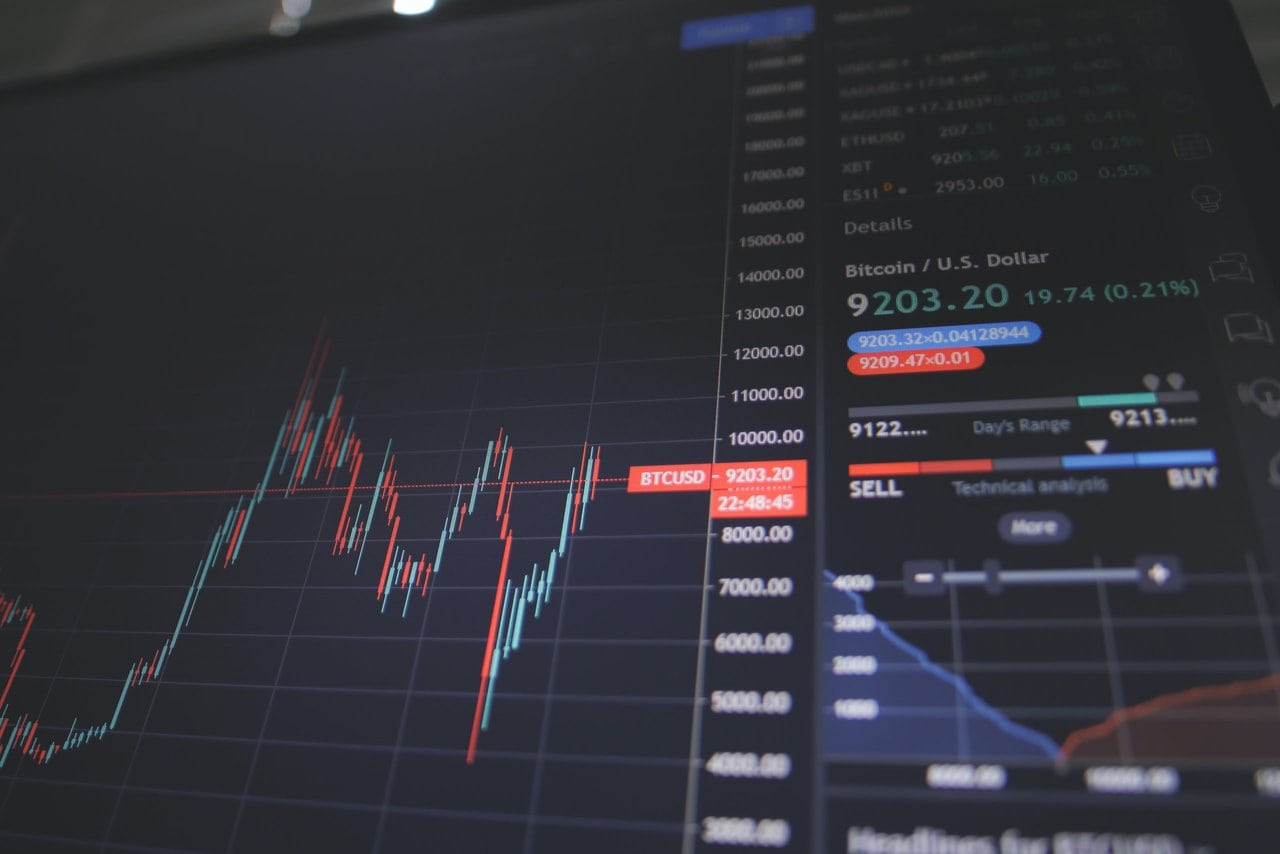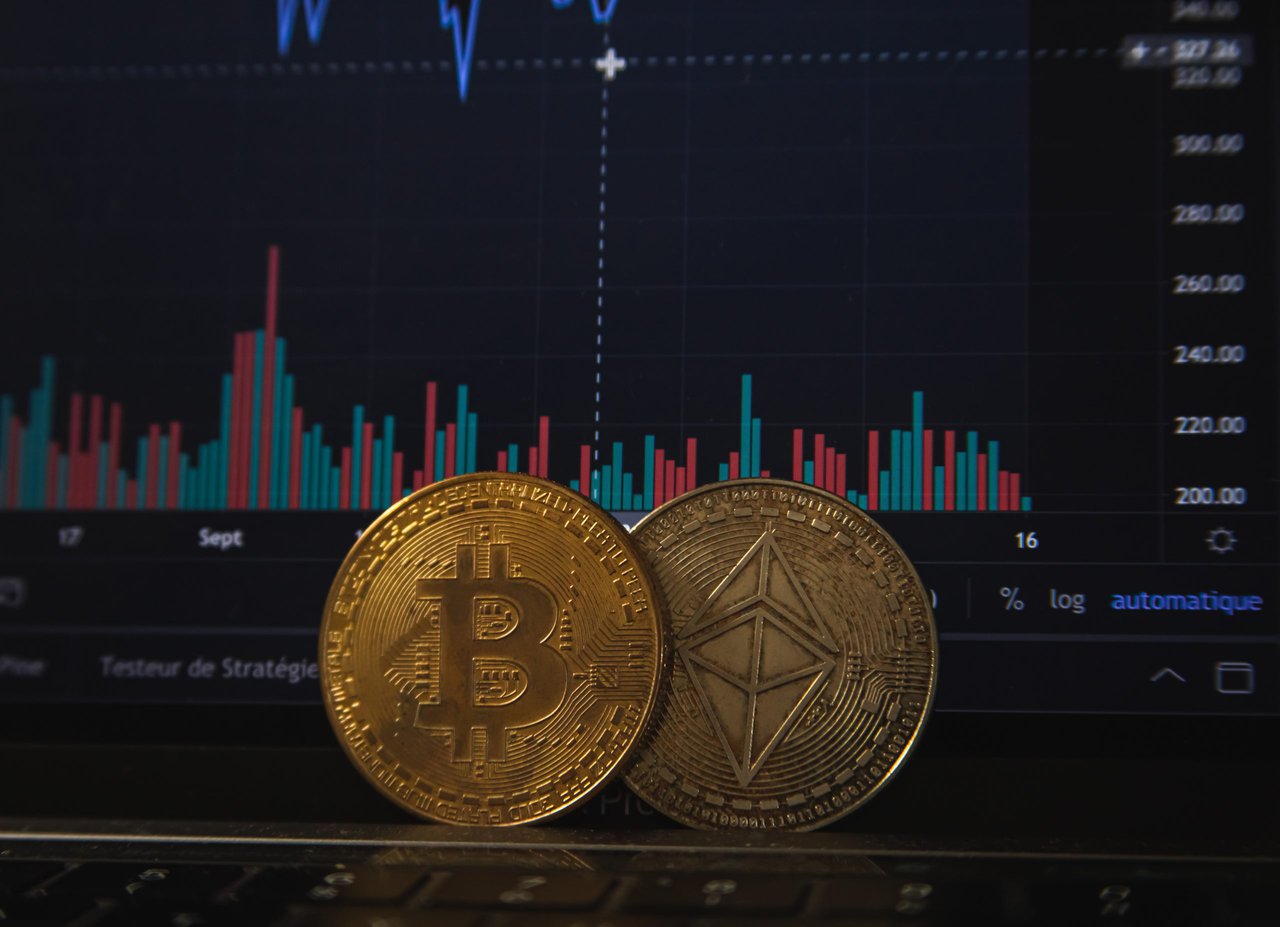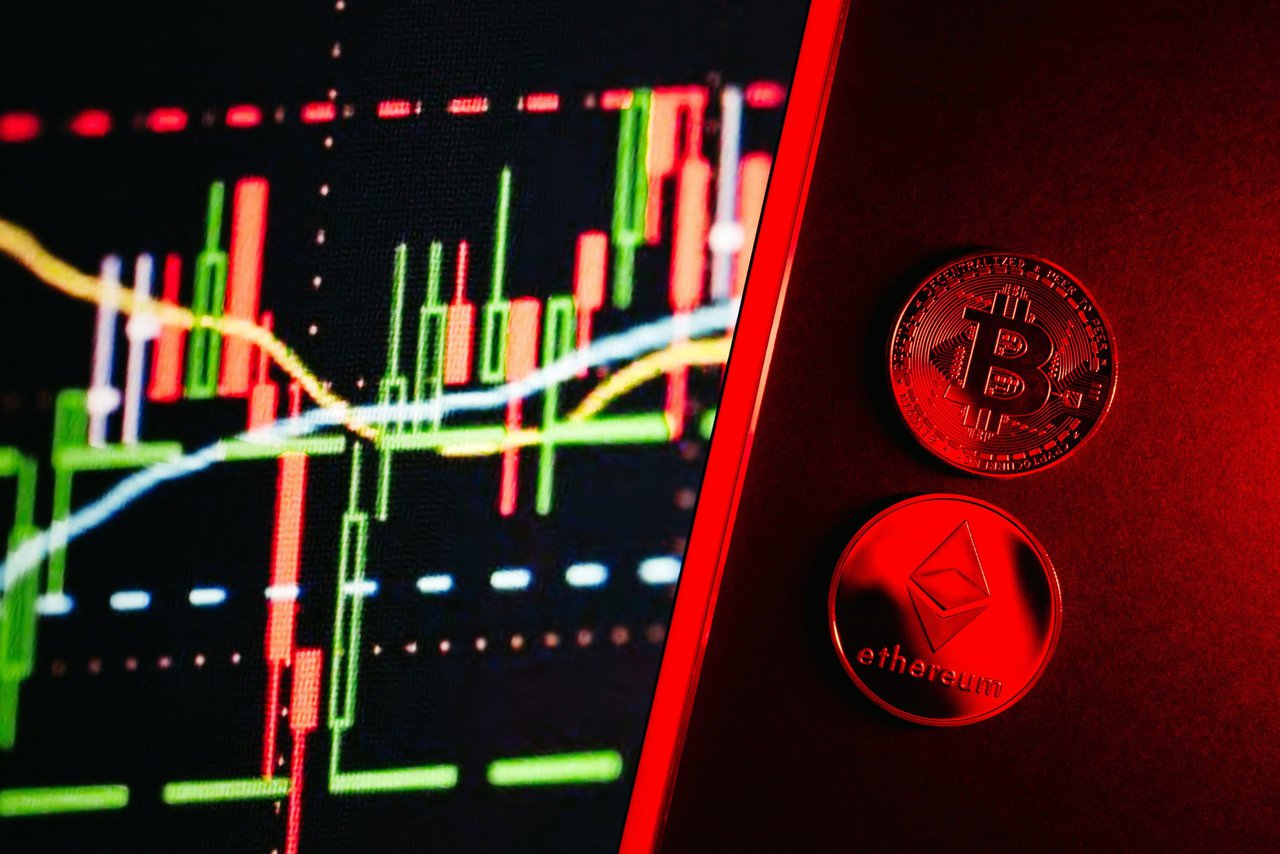In the rapidly evolving world of digital art, non-fungible tokens (NFTs) have emerged as a groundbreaking technology, revolutionizing the way we buy and sell unique digital assets. With NFT marketplaces popping up left and right, artists and creators now have unprecedented opportunities to showcase their work and connect with buyers from around the globe. But what if you’re not a tech wizard or a coding genius? Fear not! This article will guide you through the process of building your very own NFT marketplace using no-code tools, making it accessible to anyone with a vision and a passion for digital art. So let’s dive in and discover how you can turn your artistic dreams into reality without writing a single line of code!
What are NFTs and their significance?
NFTs, or non-fungible tokens, have exploded in popularity and are revolutionizing the way we think about digital ownership. Unlike cryptocurrencies like Bitcoin or Ethereum, NFTs represent unique items or assets that can be bought, sold, and owned on a blockchain. This means that each NFT has its own distinct value and cannot be exchanged on a one-to-one basis like traditional currencies.
The significance of NFTs lies in their ability to solve the issue of digital scarcity. With the rise of the internet, countless pieces of artwork, music tracks, and other digital content have been copied endlessly without any means for creators to claim ownership or monetize their work. However, with NFTs, artists and content creators now have an avenue to establish provable ownership over their creations and receive compensation for their efforts.
Moreover, NFTs have opened up new possibilities for both artists and collectors alike. Artists can now directly sell limited edition works through online marketplaces using NFT technology, eliminating the need for intermediaries such as galleries or auction houses. On the other hand, collectors can now own unique digital assets with verified authenticity and provenance. This has created a whole new market where digital art is valued as highly as physical artwork.
In conclusion, NFTs are revolutionizing the way we buy and sell digital assets by creating a secure system for proving ownership and establishing value.

Understanding the basics of a no-code platform
Understanding the basics of a no-code platform is essential when embarking on the journey to build an NFT marketplace. No-code platforms empower individuals with limited technical skills to create and launch their own applications without having to write a single line of code. This is a game-changer for entrepreneurs, artists, and creators looking to enter the world of digital assets.
One key aspect of no-code platforms is their user-friendly interface and drag-and-drop functionality. This means that even if you don’t possess coding expertise, you can still design stunning interfaces for your NFT marketplace using pre-built templates and widgets. The ability to visually customize your platform allows for flexibility and creativity in showcasing your digital creations.
Additionally, no-code platforms often integrate with popular data management systems, payment gateways, and blockchain networks seamlessly. With built-in integrations, you can effortlessly connect your NFT marketplace to blockchain smart contracts for minting tokens or accepting cryptocurrency payments. This streamlines the process of launching an NFT marketplace while removing many technical hurdles normally associated with building such complex projects.
In conclusion, understanding the basics of a no-code platform gives individuals without coding experience an opportunity to bring their creative ideas into reality by building their own NFT marketplaces. With intuitive interfaces, built-in integrations, and powerful customization options, these platforms provide a gateway for anyone striving to enter the rapidly growing world of non-fungible tokens.
Choosing the right no-code platform for building an NFT marketplace
When it comes to building an NFT marketplace, choosing the right no-code platform is crucial. With the rise of non-fungible tokens and digital art, having a user-friendly and customizable platform can make all the difference in attracting both artists and buyers. One important aspect to consider is the scalability of the no-code platform. As NFTs gain popularity, your marketplace needs to be able to handle high volumes of traffic and transactions without compromising performance or security. Look for a platform that offers robust infrastructure and supports seamless integration with blockchain technology.
Another key factor is customizability. Your NFT marketplace should reflect your brand identity and provide a unique user experience. A no-code platform that allows you to easily customize colors, fonts, layouts, and functionalities will give you more control over how your marketplace looks and functions. Additionally, look for platforms that offer pre-built templates specifically designed for NFT marketplaces – this can save you time in both design and development processes.
Lastly, consider the community features offered by the no-code platform. Building an engaged community around your NFT marketplace is essential for its success. Look for platforms that offer features such as social profiles, comment sections on listings, forums or chat functionalities where users can interact with each other, follow their favorite artists, discuss artwork trends or ask questions about particular pieces. These community features not only foster engagement but also create additional value for both artists and buyers on your marketplace.

Setting up your NFT marketplace using no-code tools
No-code tools have revolutionized the way we develop and deploy applications, and setting up an NFT marketplace is no exception. With the rise of non-fungible tokens (NFTs) as a medium for digital art, collectibles, and more, creating your own marketplace has become a tempting prospect. Thankfully, you don’t need to be a coding wizard to make it happen.
Platforms such as Bubble, Adalo, and Webflow offer powerful drag-and-drop interfaces that empower users with little to no coding experience to build complex applications. These no-code solutions allow you to easily create the front-end design of your marketplace with intuitive visual editors. Seamlessly integrate payment gateways like Stripe or Ethereum wallets to enable secure transactions on your platform.
Another advantage of using no-code tools for your NFT marketplace is the ability to quickly iterate and adapt based on user feedback. With traditional development methods, making changes could be time-consuming and require technical expertise. However, with no-code platforms, tweaking designs or implementing new features can be done in real-time without any coding knowledge. This agility allows you to stay responsive in a fast-paced market where trends can change rapidly.
By leveraging these no-code tools for setting up an NFT marketplace, entrepreneurs can tap into the growing demand for unique digital assets without relying on extensive coding knowledge or expensive development resources. The accessibility provided by these platforms enables anyone interested in entering the world of NFTs to bring their ideas to life swiftly and cost-effectively.
Customizing and branding your NFT marketplace
Customizing and branding your NFT marketplace is a crucial step in creating a unique user experience that sets your platform apart from the competition. By customizing the design, layout, and color scheme of your marketplace, you can create a visually appealing and cohesive platform that resonates with your target audience. Consider incorporating elements that reflect the theme or concept behind your NFT collection to create an immersive environment for buyers and sellers.
Furthermore, branding goes beyond just aesthetics – it’s about creating an emotional connection with users. You can achieve this by developing a strong brand identity that communicates your values, mission, and vision clearly. This includes creating a compelling logo, crafting engaging copywriting for product descriptions and site content, and establishing consistent visual imagery throughout your marketplace. Investing time into building strong branding initiatives will not only increase user trust but also foster loyalty to your platform.
Additionally, the ability to customize features such as payment options, account settings, and notifications allows you to tailor the user experience even further. Providing users with flexible choices for interacting with their assets not only enhances usability but also instills confidence in using your marketplace regularly. Furthermore,addressing privacy concerns by implementing robust security measures will further reassure both artists and buyers of their transactions’ safety.
In conclusion, customizing and branding your NFT marketplace is key to creating a memorable experience for users while establishing trust within the community.

Adding features and functionality to your NFT marketplace
When building an NFT marketplace with no-code, one of the most exciting aspects is the ability to continuously add new features and functionality to enhance the user experience. This flexibility allows you to adapt and evolve your marketplace as the industry develops and user demands change.
One key feature that can greatly improve your NFT marketplace is the addition of a comprehensive search and filtering system. By providing advanced search options such as keyword searches, filters based on price range, collection type, or even specific attributes of the NFTs, you make it easier for users to discover and find exactly what they are looking for within your platform.
Another crucial aspect to consider when adding features is security. Implementing robust authentication methods like two-factor authentication (2FA) can go a long way in ensuring user account safety on your marketplace. Additionally, integrating secure payment gateways with strong encryption protocols will instill trust among users when making transactions.
By constantly adding new features and functionalities that address user needs, you not only attract more users but also increase user engagement and retention on your NFT marketplace. With a no-code approach, this process becomes convenient and efficient without requiring extensive coding knowledge or development resources.
Conclusion: The future of NFT marketplaces and no-code development
In conclusion, the future of NFT marketplaces is bright and closely intertwined with the rise of no-code development. As more people enter the world of digital art and blockchain technology, demand for NFTs will continue to grow. The simplicity and accessibility provided by no-code platforms make it easier than ever for artists, collectors, and enthusiasts to create their own NFT marketplace without needing extensive technical knowledge or coding skills.
No-code development allows individuals to focus on their creative vision instead of getting bogged down in the technical aspects of building an NFT marketplace. This democratization of access can lead to a greater diversity of artwork being showcased and traded within these marketplaces. With no-code tools continually evolving and improving, we can expect more sophisticated features such as improved payment processing systems, seamless integration with existing marketplaces, enhanced security measures, and customizable smart contract templates.
Furthermore, the combination of NFT marketplaces and no-code development opens up opportunities for collaborations between artists from different disciplines. Musicians can team up with visual artists to create unique multimedia experiences that leverage the benefits offered by both platforms. Additionally, brands outside of traditional art industries can explore new marketing strategies through collaborating with creators in selling limited-edition digital goods or collectibles through NFT marketplaces built using no-code tools.
